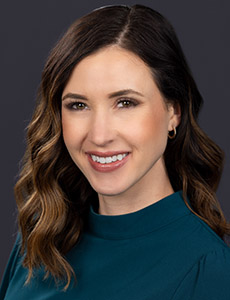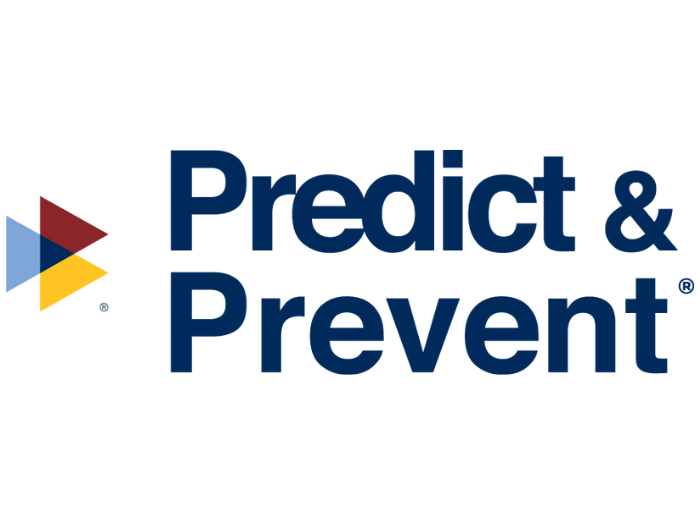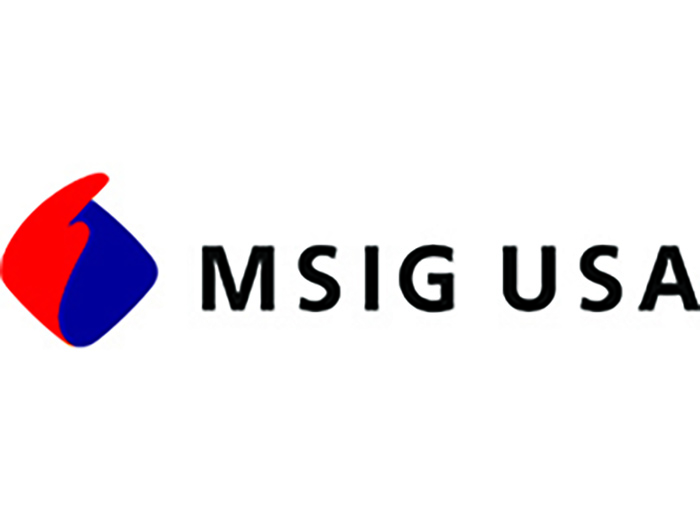Sponsored Content by Nationwide
Navigating Casualty Exposures and Markets

Buyers of commercial insurance can celebrate the fact that property insurance rates have come down considerably from the dizzying heights established by the markets in 2023. With casualty insurance rates, however, the story for buyers is not as comforting.
According to a recent report by Marsh, casualty insurance premium increases, excluding workers’ compensation, remained at a stubbornly high 7% in the second quarter of 2024. And that’s for primary layers of insurance. Excess layers are even pricier.
“After conferring with our reserving actuaries, I can confirm that claim cost trends are in the double digits,” said Ashley Moffatt, senior vice president of E&S Brokerage Primary Casualty for Nationwide.
One factor driving the pricey cost of casualty insurance is the ongoing legal system abuse, which is hammering businesses and their insurers. Call them nuclear verdicts, call them what you want, but verdicts for tens of millions of dollars, and even more, are being awarded that have no rational relationship to the injuries they are meant to remedy. Efforts are underway to reform our court systems in some locales, but generally speaking, insurers and their customers can’t reasonably expect any relief in that area any time soon.
Consequently, buyers of casualty insurance, according to Moffatt, are seeking higher limits, if and when they can get them.
“We are seeing a fairly common trend, particularly on our larger loss-sensitive risks, where we are frequently asked for $2 million or $4 million primary limits,” Moffatt said.
“The increasing severity curves are a significant factor driving this trend. As the potential for large losses grows, businesses are seeking higher coverage limits to protect themselves adequately,” she added.
Challenges in Specific Business Sectors

Ashley Moffatt, Senior Vice President of E&S Brokerage Primary Casualty, Nationwide
As if seeing increases across the board in casualty isn’t enough of a concern, there are certain classes of businesses where casualty insurers are reducing their appetite or exiting the sector altogether.
“We are seeing the most frequent exits in habitational, hospitality with tough liquor and A&B (assault and battery) exposures, transportation, and retail exposures with frequency issues, such as grocery stores. Grocery stores have been a significant segment this year where we have observed exits,” Moffatt added.
Slip and falls, which are a daily experience in the foot traffic heavy grocery business, are one of the most frequent causes of insured casualty losses in retail.
There are also geographies where some insurers are finding it difficult to accept risk due to punitive legal environments and other factors.
“We’re witnessing large-scale exits in certain challenging states, irrespective of class,” Moffatt said. “In California, a lot of package business is being broken up by property concerns, which is creating opportunities for us,” she said.
Areas where Moffatt and her team see underwriting opportunities due to market dislocation are hospitality and entertainment, product liability and tough premises risks.
Each of those segments have existing or emerging risks that business owners and their risk management partners need to keep a close eye on. It’s an ugly truth, but in the hospitality sector, human trafficking is a pernicious practice that is more widespread than the average person might want to admit or acknowledge.
“Human trafficking is a serious issue that intersects with the hospitality industry, which we serve in my vertical,” Moffatt said.
“Traffickers exploit the privacy offer by hotels and motels to hide their activities and victims. They may book extended stays or multiple rooms and refuse housekeeping services to avoid scrutiny,” she said.
Training housekeeping staff and others to watch for signs of suspicious activity is a recommended practice. But the hustle and bustle of a hotel, particularly when there is a big event in town, can make trafficking all that much more difficult to detect.
The amalgamation of alcohol consumption and a decline in civil discourse presents more unique challenges for insurers; establishments serving alcohol may face increased liability due to potential altercations.
“These entertainment industries face unique risks due to large crowds, so some carriers see significant premium potential in this space,” Moffatt said.
Then, within the E&S market, “products liability has been a significant contributor to overall market growth,” Moffatt said. “Demand for products coverage has increased due to new technologies, product complexity, and the nuanced nature of underwriting itself.”
She said the largest sectors seeking E&S coverage for products liability are higher hazard sporting goods, machinery and equipment, cosmetics and building materials.
Combining Experience with Technology
In its approach to primary and E&S casualty underwriting, Nationwide can benefit customers, even those with tricky exposures, with a combination of deep experience in the product line coupled with an ever-expanding technology tool set.
“At Nationwide, we have more than four decades of experience in the E&S and specialty sector through our Scottsdale paper,” Moffatt said. “Our underwriting appetite and pricing strategies prioritize sustained profitability over the long term, reflecting a strategic approach rather than jumping in and out of markets,” she said.
She said the same experience level can be found in Nationwide’s primary lines underwriting talent pool.
“This allows us to effectively address unique exposures. We aim to be recognized by our customers as a craft underwriting shop, tailoring terms, conditions, policy retentions and limit structures to meet the needs of both our brokers and our insureds,” she said.
Moffatt emphasized that at Nationwide, the cornerstone of their strategy is fostering enduring customer relationships and ensuring that their coverage pricing remains fair and consistent. She highlighted the company’s collaboration with third-party vendors to guarantee that their technical pricing is both robust and dynamic.
“We employ an advanced experience model that categorizes risk into ten distinct deciles. This model meticulously applied credits and debits based on specific risk characteristics. This area has seen significant investment in tools designed to better align pricing with risk,” Moffatt explained.
She continued, “Over the past few years, we have made remarkable advancements in our technical pricing capabilities. Consequently, our current technical premium is deemed robust, instilling confidence in our pricing strategy and ensuring sustained profitability over the long term.”
Because Nationwide has both primary and excess specialty casualty verticals, Moffatt said the two disciplines can work together and support each other in creating tailored solutions that give both partners and insureds a good degree of confidence.
“In many instances, due to the increased need for higher limits due to rising severity curves, we can help through supported excess writings,” she said.
“We achieve this by partnering our primary underwriters with their excess counterparts. The goal is to make the experience seamless for the customer, provided the account meets our guidelines and appetite.”
To learn more, visit: https://nationwideexcessandsurplus.com/brokerage/primary-casualty/.
About Nationwide
Standard & Poor’s A+1 | AM Best Rated A2 | Fortune 100 Company
Products underwritten by Nationwide Mutual Insurance Company and Affiliated Companies. Not all Nationwide affiliated companies are mutual companies, and not all Nationwide members are insured by a mutual company. Home Office: One Nationwide Plaza, Columbus, OH. Nationwide, the Nationwide N and Eagle, and other marks displayed on this page are service marks of Nationwide Mutual Insurance Company, unless otherwise disclosed.
1The fifth highest of 21 ratings. The outlook for this rating is stable. Received: 12/22/08. Affirmed: 05/16/23
2The third highest of 16 ratings. The outlook for this rating is stable. Received: 12/7/23. © 2024 Nationwide Mutual Insurance Company.
![]()
This article was produced by the R&I Brand Studio, a unit of the advertising department of Risk & Insurance, in collaboration with Nationwide. The editorial staff of Risk & Insurance had no role in its preparation.










